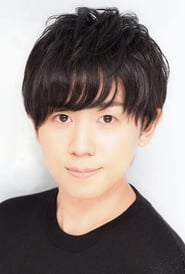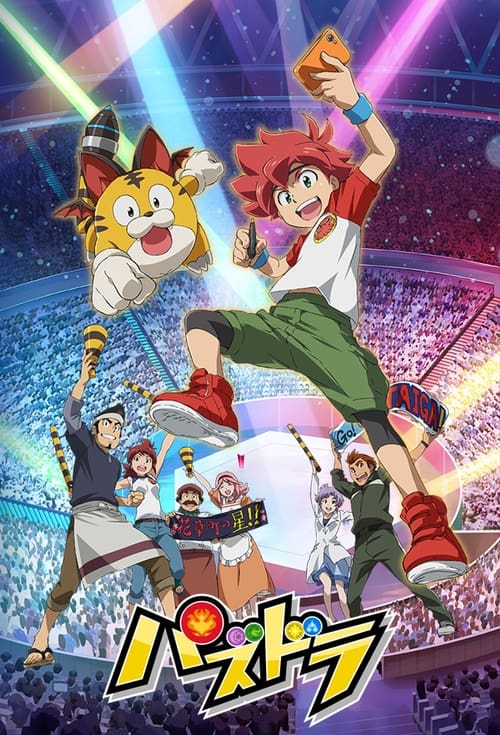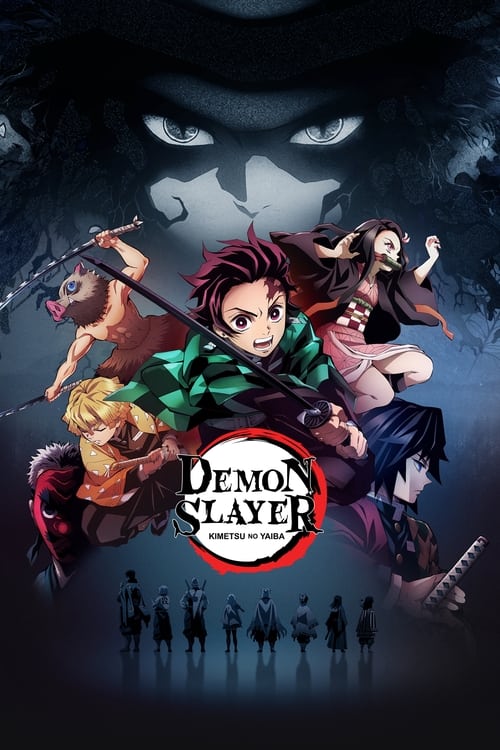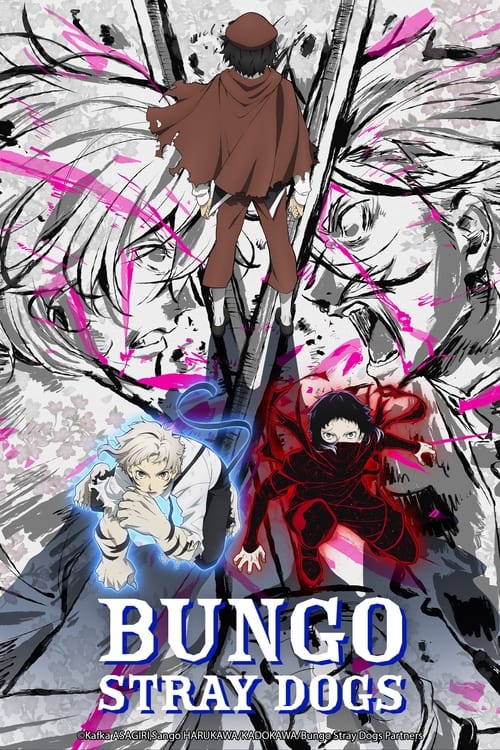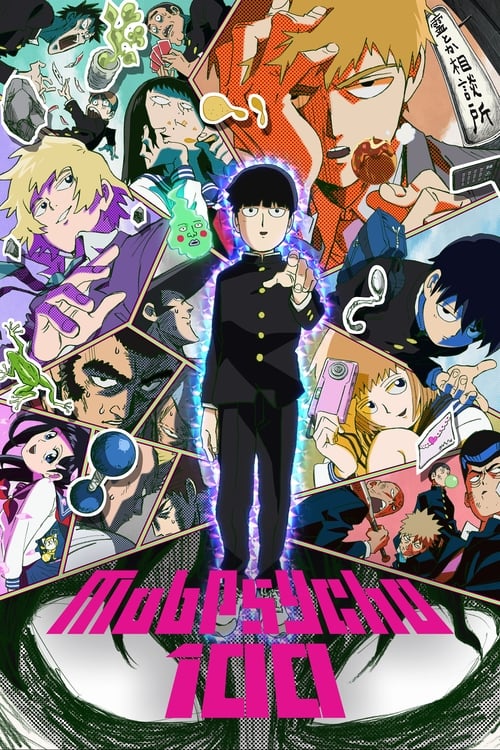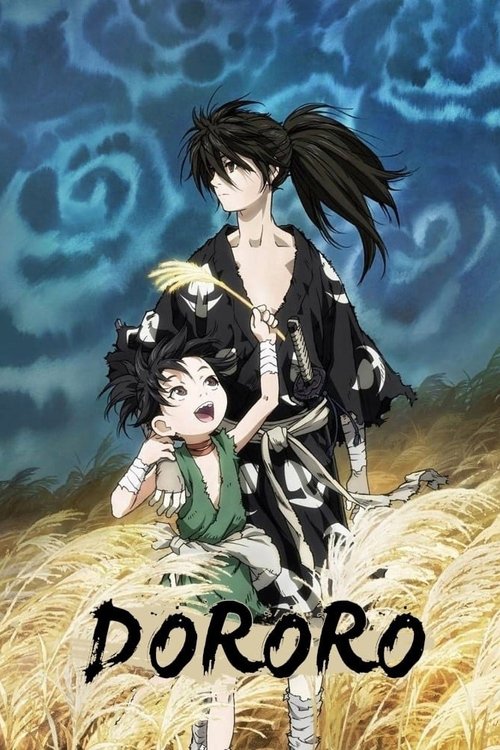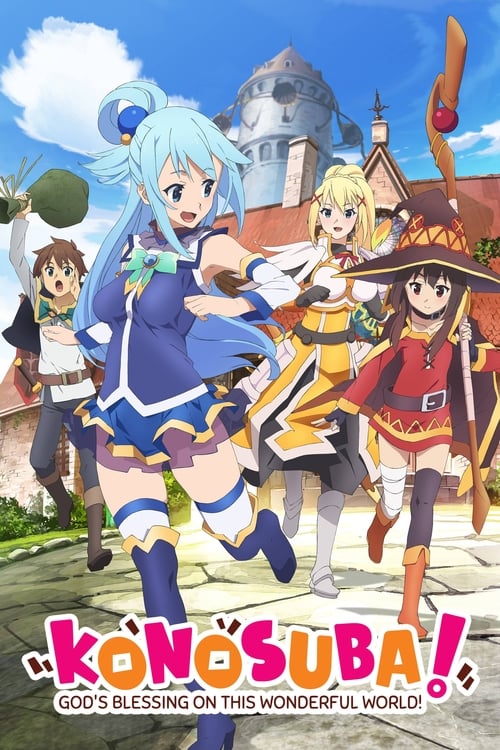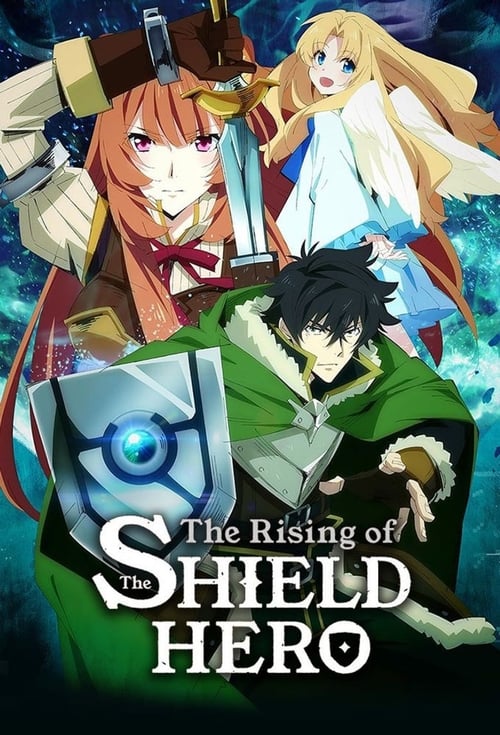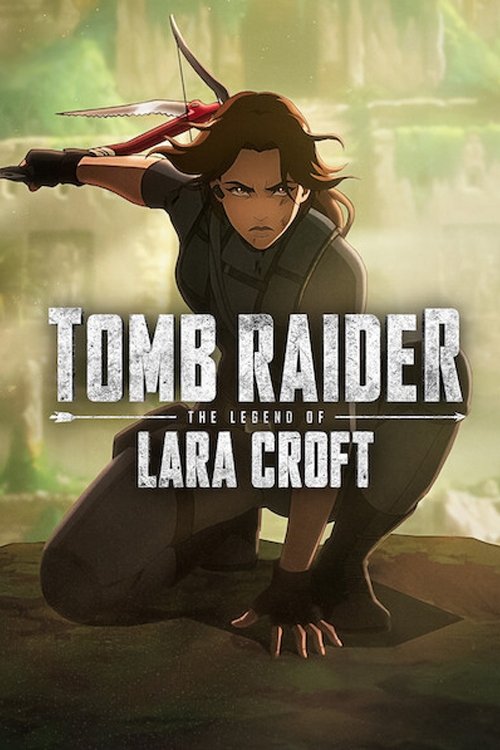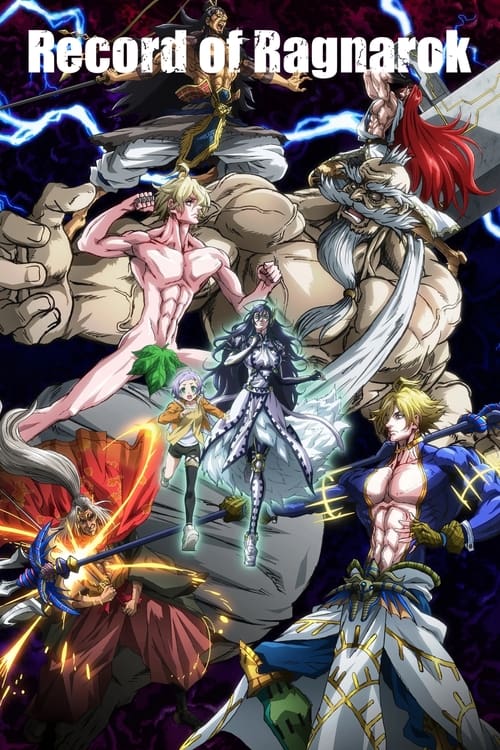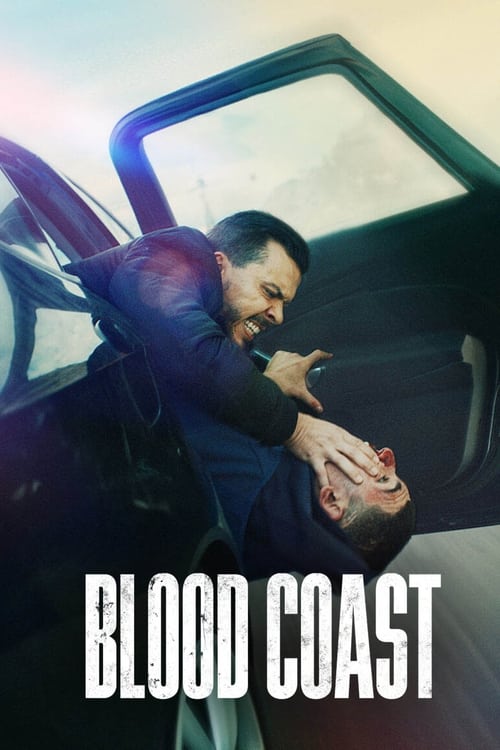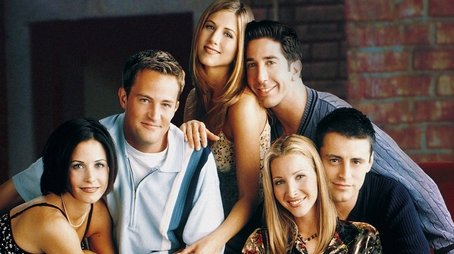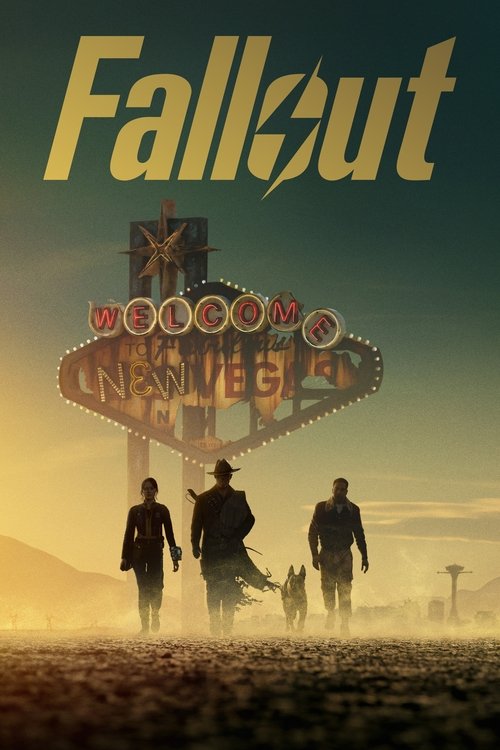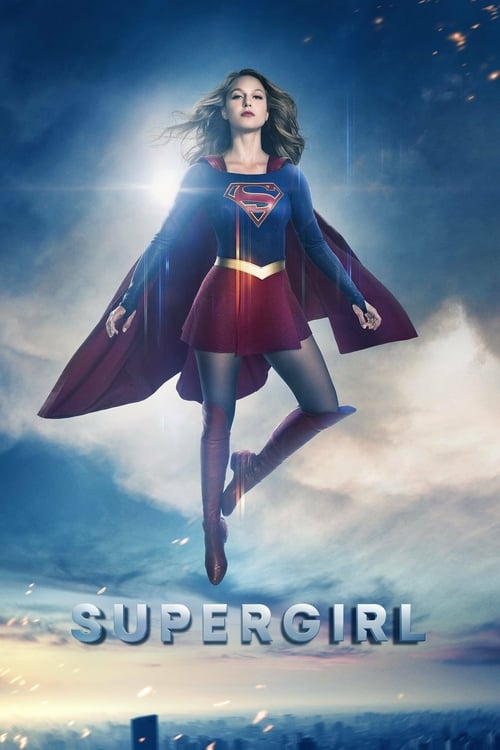
Ask Your Own Question
What is the plot?
In a world where nearly every human possesses superpowers known as "Quirks," we meet Izuku Midoriya, a Quirkless boy who dreams of becoming a hero like his idol, All Might, the Symbol of Peace. The story begins with Midoriya being bullied by his childhood friend, Katsuki Bakugo, who has a powerful explosion Quirk. Despite his lack of a Quirk, Midoriya is determined to attend U.A. High School, a prestigious academy for aspiring heroes.
One day, Midoriya encounters a villain named the Sludge Villain while trying to save Bakugo from being attacked. All Might arrives just in time to defeat the Sludge Villain, and Midoriya is inspired by his hero's strength. After a brief conversation, All Might reveals that he was once Quirkless too and offers Midoriya a chance to inherit his Quirk, "One For All." To do this, Midoriya must undergo intense training to prepare his body for the immense power.
Midoriya begins his training by running 10 kilometers every day and doing 100 push-ups, sit-ups, and squats. After several months, he is finally ready to take the entrance exam for U.A. High School. The exam consists of a written test followed by a practical test where students must battle robot villains. During the practical test, Midoriya uses his newfound power for the first time, but he injures himself in the process. He manages to save a girl named Ochaco Uraraka from a giant robot, which earns him points and helps him pass the exam.
Once accepted into U.A., Midoriya meets his classmates, including Bakugo, Uraraka, and Shoto Todoroki, who has a powerful ice and fire Quirk. The students are introduced to their homeroom teacher, Shota Aizawa, who informs them that they will be participating in a series of training exercises. The first exercise is a combat training session where students are divided into teams to battle against each other. Midoriya teams up with Uraraka and faces Bakugo and another student, Tenya Iida. Despite his injuries, Midoriya uses his intelligence and strategy to help his team win.
As the story progresses, the students face various challenges, including a sports festival where they compete in different events to showcase their abilities. Midoriya's performance catches the attention of the audience, and he ultimately faces Todoroki in the final round. During their battle, Todoroki initially refuses to use his fire abilities due to his complicated relationship with his father, Endeavor. Midoriya encourages him to embrace his full power, leading to an intense showdown. Midoriya narrowly wins, but he gains respect for Todoroki.
Following the sports festival, the students participate in a training camp where they are attacked by a villain organization known as the League of Villains. The villains, led by Tomura Shigaraki, aim to capture Midoriya and other students. During the attack, Midoriya and his classmates fight to protect each other. Midoriya faces off against a villain named Muscular, who possesses immense strength. In a desperate moment, Midoriya taps into the full power of One For All, defeating Muscular but severely injuring himself in the process.
After the training camp, the students return to U.A. and prepare for their next challenge: the U.A. vs. the League of Villains confrontation. The heroes are tasked with rescuing their classmates who were captured during the training camp. Midoriya, Bakugo, and Todoroki work together to infiltrate the villains' hideout. They face off against various members of the League, including Dabi and Himiko Toga. The battles are intense, showcasing each character's growth and determination.
During the climax of the confrontation, Midoriya faces off against Shigaraki. The fight is fierce, with Shigaraki revealing his ability to decay anything he touches. Midoriya struggles to keep up but ultimately uses his intelligence and strategy to outmaneuver Shigaraki. However, the battle takes a toll on Midoriya, and he is left exhausted.
In the aftermath of the confrontation, the heroes manage to rescue their classmates, but the League of Villains escapes. The students return to U.A., where they reflect on their experiences and the challenges they faced. Midoriya's resolve to become a true hero strengthens, and he continues to train and grow alongside his classmates, setting the stage for future battles and developments in their journey to become professional heroes.
More TV Shows Like This
Browse All TV Shows →What is the ending?
In the final episodes of My Hero Academia's first season, the students of U.A. High School face off against the League of Villains during the U.A. Sports Festival. The climax centers around the intense battle between All Might and the villain All For One, leading to All Might's retirement. The students, particularly Izuku Midoriya, learn valuable lessons about heroism, friendship, and the weight of their responsibilities.
As the season concludes, Midoriya and his classmates are left to reflect on their growth and the challenges that lie ahead, setting the stage for their future as aspiring heroes.
The final episodes of My Hero Academia unfold with a palpable tension as the U.A. Sports Festival reaches its climax. The atmosphere is electric, filled with the cheers of spectators and the determination of the students. The festival, which was meant to showcase the talents of the aspiring heroes, takes a darker turn as the League of Villains makes their move.
Scene 1: The festival arena is bustling with excitement, but the mood shifts when the broadcast is interrupted by the League of Villains. Their leader, All For One, appears on screen, declaring war on heroes and challenging the very foundation of society. The students, including Izuku Midoriya, Shoto Todoroki, and Katsuki Bakugo, watch in horror as the villain's intentions become clear. The stakes are raised, and the students realize that their training is about to be put to the ultimate test.
Scene 2: The scene transitions to the U.A. campus, where the students are gathered in a tense meeting. Principal Nezu and the faculty discuss the threat posed by the League of Villains. All Might, the Symbol of Peace, stands at the forefront, his expression grave. He reassures the students, but internally, he grapples with the reality of his declining power and the burden of his legacy. The students, inspired by All Might, vow to protect their school and each other.
Scene 3: The confrontation escalates as the League of Villains infiltrates the U.A. grounds. The students spring into action, showcasing their unique Quirks. Midoriya, driven by his desire to protect his friends and prove himself, leads the charge. He uses his newfound control over One For All, demonstrating remarkable growth. The battle is fierce, with each student facing their own challenges, but they work together, embodying the spirit of heroism.
Scene 4: The climax of the battle arrives when All Might confronts All For One. The two titans clash in a spectacular display of power. All Might, despite his weakened state, fights with unwavering resolve, embodying the ideals of a true hero. The fight is not just physical; it is a battle of wills, with All Might determined to protect the future of hero society. The emotional weight of the moment is palpable as All Might reflects on his journey and the legacy he will leave behind.
Scene 5: In a final, desperate move, All Might unleashes his full power, delivering a devastating blow to All For One. The villain is defeated, but the victory comes at a cost. All Might, exhausted and on the brink of collapse, realizes that this battle marks the end of his era as a hero. He collapses, and the students rush to his side, their expressions a mix of admiration and concern. All Might's retirement is a poignant moment, symbolizing the transition of heroism to the next generation.
Scene 6: The aftermath of the battle leaves the students reflecting on their experiences. Midoriya, Todoroki, and Bakugo stand together, contemplating their futures as heroes. They understand that the path ahead will be fraught with challenges, but they are determined to carry on All Might's legacy. Each character is left with a sense of purpose, ready to face the trials that await them.
As the season concludes, the fate of the main characters is clear. Izuku Midoriya continues to grow as a hero, inspired by All Might's teachings. Shoto Todoroki embraces his identity and strives to forge his own path. Katsuki Bakugo, while still brash and competitive, begins to understand the importance of teamwork and camaraderie. The bonds formed during the festival and the battles against the League of Villains solidify their resolve to protect others and uphold the ideals of heroism.
The ending of My Hero Academia's first season encapsulates the journey of these young heroes, highlighting their growth, the weight of their responsibilities, and the legacy they must uphold as they step into a world filled with both hope and danger.
Who dies?
In the first season of "My Hero Academia," which aired in 2016, there are no significant character deaths. The series primarily focuses on the journey of young heroes in training at U.A. High School, their struggles, and their growth as they face various challenges, including villains and their own personal obstacles.
However, the series does touch on themes of danger and the potential for loss, especially during the U.A. Sports Festival and encounters with villains. The stakes are high, and the characters often face life-threatening situations, but the first season does not culminate in any character fatalities.
As the series progresses into later seasons, the narrative does explore darker themes, including character deaths, but these events occur beyond the scope of the first season. The emotional weight of the characters' experiences and the threats they face is palpable, creating a sense of urgency and tension throughout the season, but ultimately, the focus remains on their development and the bonds they form.
Is there a post-credit scene?
Yes, there is a post-credit scene in the first season of My Hero Academia, which aired in 2016.
As the credits roll after the final episode, the scene shifts to a dark, ominous setting. We see a figure shrouded in shadows, revealing a man with a distinctive, menacing appearance. This character is All For One, a powerful villain known for his ability to steal Quirks from others. He is seated in a dimly lit room, surrounded by various monitors displaying images of heroes and villains alike.
The atmosphere is tense, and the music underscores the gravity of the moment. All For One speaks to a group of individuals, hinting at his plans to create chaos and disrupt the peace that heroes like All Might and the students of U.A. High School strive to maintain. His voice is calm yet threatening, filled with a sense of authority and malice.
The scene serves as a chilling reminder of the ongoing conflict between heroes and villains, setting the stage for future confrontations. It leaves viewers with a sense of foreboding, as the stakes are raised and the shadow of All For One looms over the world of heroes. This moment effectively teases the challenges that lie ahead for the protagonists, particularly for Izuku Midoriya and his classmates, as they continue their journey to become professional heroes.
What is Izuku Midoriya's Quirk and how does he develop it throughout the series?
Izuku Midoriya, the protagonist, initially has no Quirk, which makes him an outcast in a world where superpowers are the norm. However, he idolizes heroes, especially All Might, the Symbol of Peace. After a chance encounter with All Might, he inherits the legendary hero's Quirk, 'One For All.' This Quirk allows him to stockpile immense power, but initially, he struggles to control it, often injuring himself when using it. As the series progresses, Midoriya learns to harness One For All through rigorous training and by developing his own fighting style, which includes techniques like 'Full Cowling' and 'Detroit Smash.' His journey is marked by determination, growth, and the emotional weight of living up to All Might's legacy.
How does Bakugo's relationship with Midoriya evolve throughout the series?
Katsuki Bakugo starts as Izuku Midoriya's childhood friend but quickly becomes his rival due to his bullying and superiority complex. Bakugo possesses the explosive Quirk 'Explosion,' which he uses to assert dominance. Initially, he views Midoriya as weak and unworthy, but as they both grow stronger, their relationship becomes more complex. Bakugo's jealousy transforms into a begrudging respect as he witnesses Midoriya's determination and growth. Key moments, such as their intense battles during the U.A. Sports Festival and the training camp arc, highlight this evolution. By the end of the first season, Bakugo acknowledges Midoriya's strength, setting the stage for a more nuanced rivalry that blends competition with mutual respect.
What are the key events during the U.A. Sports Festival arc?
The U.A. Sports Festival arc is a pivotal moment in the series, showcasing the students' abilities and character development. It begins with the opening ceremony, where the students are excited yet nervous. The first event, a massive obstacle course, tests their Quirks and teamwork. Midoriya's strategic thinking and quick adaptation allow him to excel, despite his initial injuries. The second event, the cavalry battle, emphasizes teamwork, with Midoriya forming a team with Uraraka and Iida. The climax occurs during the one-on-one battles, where Midoriya faces off against Bakugo, leading to an intense showdown filled with emotional stakes. This arc not only highlights the students' growth but also sets the stage for future conflicts and character dynamics.
What is the significance of All Might's true form and his relationship with Midoriya?
All Might, the Symbol of Peace, initially appears as a towering, muscular hero, embodying strength and hope. However, his true form reveals a frail, injured man, which symbolizes the burden of heroism and the toll it takes on him. This duality is crucial to the narrative, as it reflects the theme of legacy. All Might's relationship with Midoriya is central to the story; he sees potential in the young boy and chooses him as his successor. Their bond deepens as Midoriya learns about the weight of inheriting One For All and the responsibilities that come with it. All Might's mentorship provides Midoriya with guidance, but also serves as a reminder of the sacrifices heroes make, adding emotional depth to their interactions.
How does the League of Villains impact the story and the heroes of U.A.?
The League of Villains serves as a significant antagonist force throughout the series, challenging the ideals of heroism and the students of U.A. Their emergence introduces a darker tone, particularly with characters like Tomura Shigaraki, who embodies chaos and destruction. The League's attacks, such as the assault on U.A. during the training camp arc, force the students to confront real danger and the consequences of their aspirations. This conflict not only tests their abilities but also their resolve and moral beliefs. The League's actions lead to pivotal character development, particularly for Midoriya and his classmates, as they learn the importance of teamwork, sacrifice, and the true nature of being a hero in a world filled with threats.
Is this family friendly?
"My Hero Academia," produced in 2016, is generally considered family-friendly, but it does contain some elements that may be objectionable or upsetting for children or sensitive viewers. Here are a few aspects to be aware of:
-
Violence and Fighting: The series features frequent battles between heroes and villains, which can include intense physical confrontations, injuries, and the use of superpowers that may cause destruction.
-
Emotional Trauma: Characters often face significant emotional challenges, including loss, failure, and the pressure to succeed, which can be heavy themes for younger viewers.
-
Mild Language: There are instances of mild swearing and insults among characters, which may not be suitable for all audiences.
-
Dark Themes: Some story arcs explore darker themes such as villainy, societal pressure, and the moral complexities of heroism, which may be unsettling for younger viewers.
-
Character Design: Certain characters have exaggerated or grotesque designs, particularly among villains, which might be frightening to some children.
-
Injury and Blood: While not excessively graphic, there are moments where characters are injured, and some blood is shown, which could be distressing.
Overall, while "My Hero Academia" is aimed at a younger audience and contains positive messages about friendship, perseverance, and heroism, parents may want to preview episodes to determine their appropriateness for their children.



